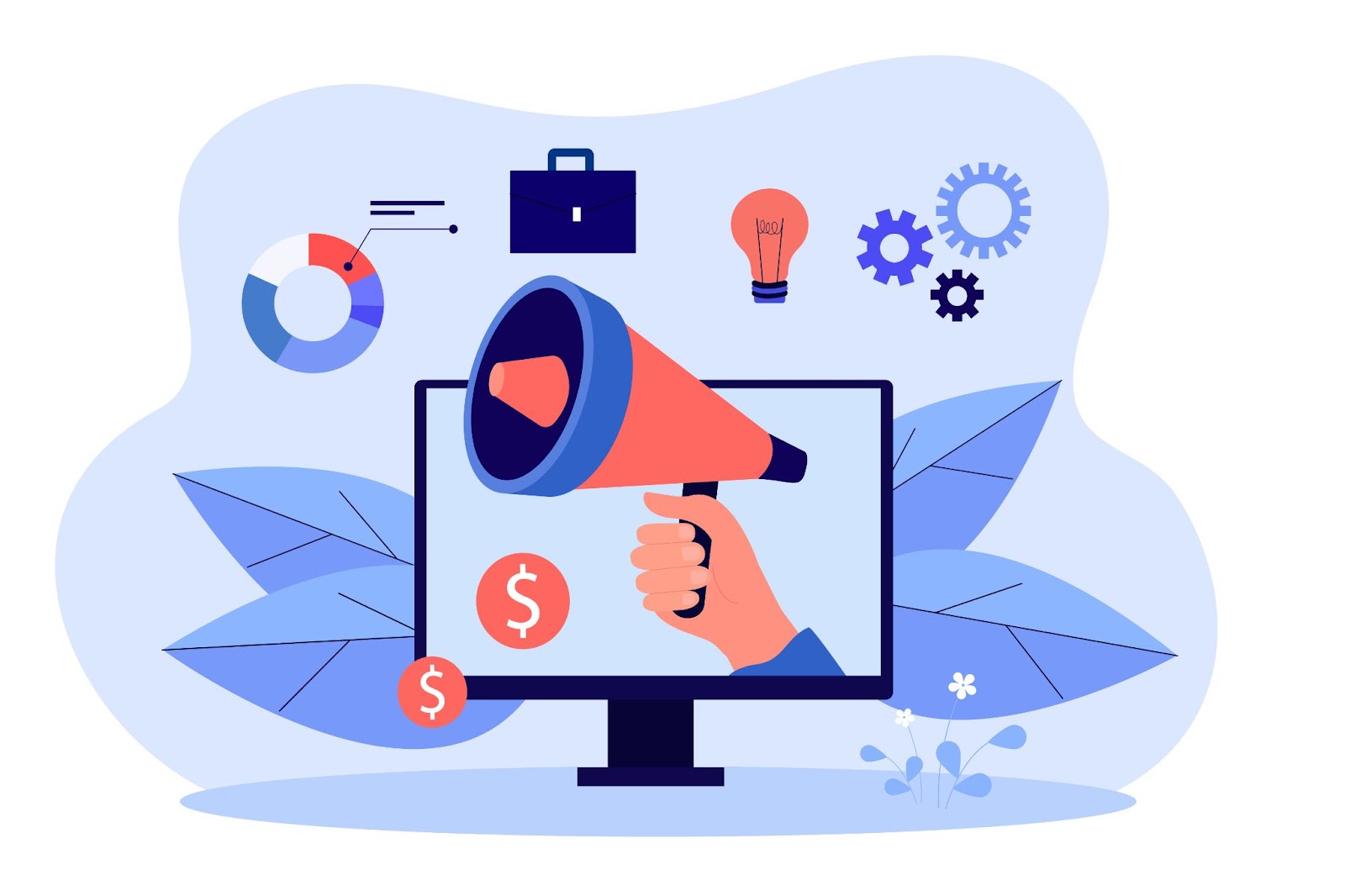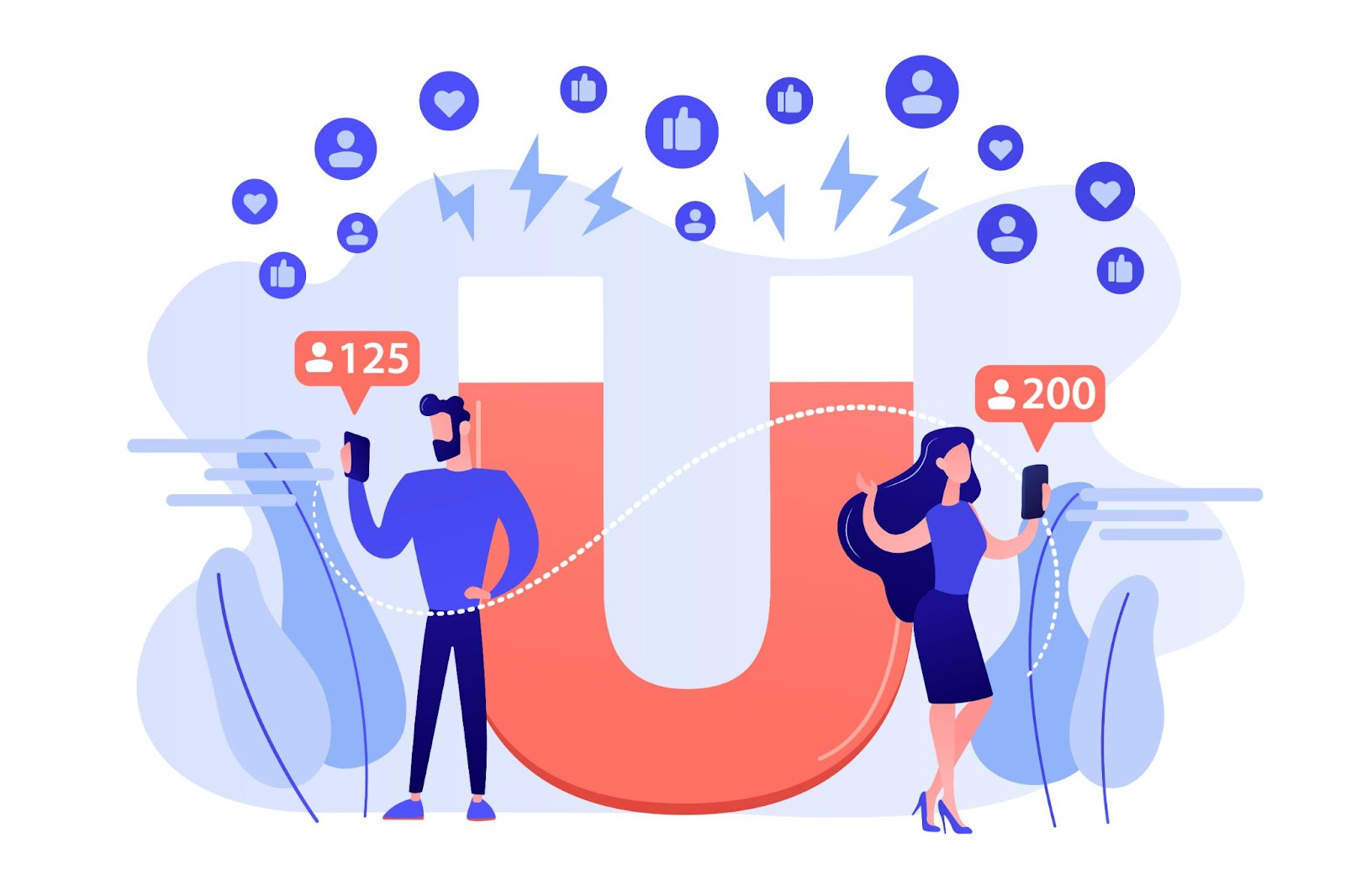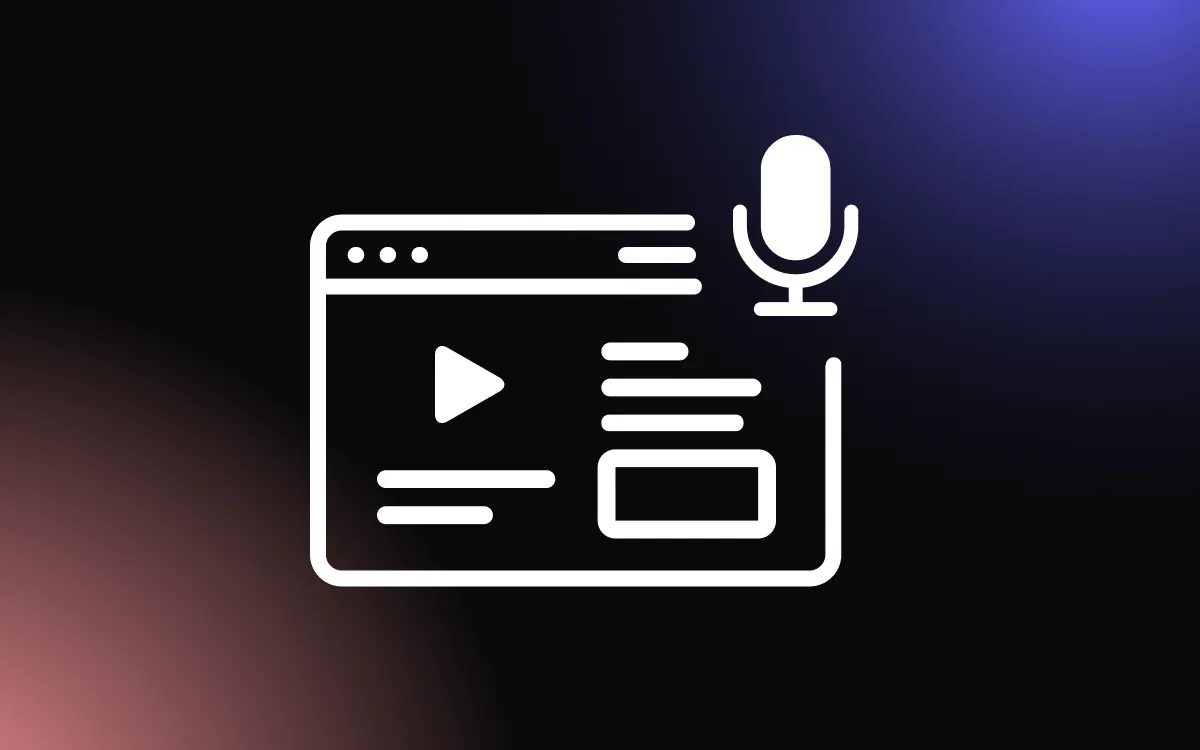
Inbound marketing is all about attracting potential customers by providing valuable content and experiences tailored to their needs. Unlike traditional marketing methods, which often interrupt and push messages onto audiences, inbound marketing focuses on drawing customers in through relevant and helpful information.
However, building a successful inbound marketing campaign requires a strategic approach that aligns content, SEO, social media, and lead nurturing efforts.
This article will explore the fundamentals of a successful inbound marketing campaign, guiding you through the essential steps to attract, engage, and convert your target audience.
Key Components of Inbound Marketing
Inbound marketing is a powerful approach that focuses on attracting, engaging, and delighting customers through valuable and relevant content.
The key components of an effective inbound marketing strategy include content creation, SEO strategies, and social media engagement.
Content Creation
Content creation is the cornerstone of inbound marketing. It involves producing high-quality, informative, and engaging content that addresses the needs and interests of your target audience. This content can take various forms, including blog posts, ebooks, infographics, videos, and podcasts.
The goal is to provide valuable information that educates, entertains, or solves problems for your audience, thereby building trust and establishing your brand as an authority in your industry. Consistent content creation helps attract visitors to your website, nurture leads, and ultimately convert them into customers.
By tailoring content to different stages of the buyer’s journey, you can effectively guide prospects from awareness to decision-making.
SEO Strategies
Search engine optimization (SEO) is essential for ensuring that your content is discoverable by your target audience. SEO strategies involve optimizing your website and content to rank higher in search engine results pages (SERPs) for relevant keywords and phrases. This includes on-page SEO techniques, such as optimizing title tags, meta descriptions, and header tags, as well as off-page SEO tactics like building high-quality backlinks.
Effective SEO strategies increase organic traffic to your website, making it easier for potential customers to find your content and engage with your brand.
Additionally, local SEO can help attract nearby customers by optimizing your online presence for local searches.
Social Media Engagement
Social media engagement is a critical component of inbound marketing, as it allows you to connect with your audience on platforms where they spend a significant amount of time.
By sharing your content on social media channels like Facebook, Instagram, LinkedIn, and Twitter, you can amplify your reach and drive traffic to your website. Engaging with your audience through comments, likes, shares, and direct messages fosters relationships and builds a community around your brand.
Social media also provides valuable insights into customer preferences and behavior, enabling you to refine your marketing strategies and create more targeted content.
Developing a Targeted Inbound Marketing Strategy
A well-crafted inbound marketing strategy is essential for attracting the right audience, nurturing leads, and driving conversions. Key steps include identifying target audiences, aligning content with buyer personas, and journey mapping for effective funneling.
Identifying Target Audiences
The first step in developing a targeted inbound marketing strategy is to clearly identify your target audiences.
Understanding who your ideal customers are, including their demographics, interests, pain points, and buying behaviors, is crucial for creating content that resonates with them. Conduct market research, analyze customer data, and segment your audience based on factors such as age, location, industry, and purchasing habits.
By defining your target audiences, you can tailor your marketing efforts to meet their specific needs and preferences, ensuring that your content attracts the right visitors who are more likely to convert into leads and customers.
Aligning Content with Buyer Personas
Once you have identified your target audiences, the next step is to create buyer personas—detailed representations of your ideal customers. Buyer personas include information such as goals, challenges, motivations, and preferred communication channels. Aligning your content with these personas ensures that your messaging speaks directly to the needs and desires of your audience.
For example, if one of your buyer personas is a small business owner looking for cost-effective solutions, your content might focus on budget-friendly tips, case studies, or product comparisons.
By creating content that addresses the specific pain points and interests of each persona, you increase the likelihood of engaging and converting your target audience.
Journey Mapping for Effective Funneling
Journey mapping involves understanding the customer’s path from initial awareness to final decision-making and creating content that supports them at each stage. The buyer’s journey typically consists of three stages: awareness, consideration, and decision.
In the awareness stage, prospects are identifying their problem, so your content should focus on education and problem-solving. During the consideration stage, they evaluate options, so content like comparison guides, webinars, and whitepapers are effective.
Finally, in the decision stage, prospects are ready to choose a solution, so case studies, testimonials, and product demos are crucial.
By mapping content to each stage of the buyer’s journey, you can guide prospects through the funnel more effectively, increasing the chances of conversion.
Tools and Technologies to Enhance Inbound Campaigns
Leveraging the right tools and technologies is essential for optimizing inbound marketing campaigns, ensuring efficiency, and maximizing results. Key areas of focus include marketing automation and analytics.
Marketing Automation Tools
Marketing automation tools are indispensable for streamlining and scaling inbound marketing efforts. Platforms like HubSpot, Marketo, and ActiveCampaign allow businesses to automate repetitive tasks such as email marketing, lead nurturing, social media posting, and customer segmentation.
These tools enable you to create personalized workflows that guide prospects through the buyer’s journey based on their interactions with your content.
By automating these processes, you can maintain consistent communication with leads, deliver targeted content at the right time, and ultimately drive higher conversion rates without overwhelming your marketing team.
Analytics and Measurement
Analytics and measurement tools are critical for evaluating the effectiveness of your inbound campaigns and making data-driven decisions.
Tools like Google Analytics, SEMrush, and Moz provide insights into website traffic, user behavior, and keyword performance, helping you understand what’s working and where improvements are needed.
Marketing platforms like HubSpot also offer integrated analytics that track metrics such as lead conversion rates, email open rates, and content engagement.
By continuously monitoring these metrics, you can refine your strategies, optimize content, and allocate resources more effectively to achieve better ROI.
Best Practices for Executing Inbound Marketing Campaigns
Executing successful inbound marketing campaigns requires continuous optimization and seamless integration across all marketing channels.
Continuous Optimization
Inbound marketing is an ongoing process that benefits from regular analysis and refinement. Continuously monitor campaign performance metrics such as website traffic, lead conversion rates, and content engagement. Use this data to identify what’s working and where improvements can be made.
A/B testing different elements, such as email subject lines, landing page designs, and call-to-action buttons, can also provide insights into what resonates best with your audience.
By regularly optimizing your campaigns, you can ensure that they remain effective and aligned with your goals.
Integration Across Marketing Channels
For inbound marketing to be truly effective, it’s essential to integrate efforts across all marketing channels. Ensure that your content, social media, email marketing, SEO, and paid advertising efforts work together cohesively to guide prospects through the buyer’s journey.
Consistent messaging and branding across channels reinforce your value proposition and create a unified experience for your audience.
This integration maximizes reach, enhances user experience, and increases the likelihood of converting leads into customers.
Conclusion
In conclusion, a successful inbound marketing campaign hinges on a well-rounded strategy that combines content creation, SEO, social media engagement, and lead nurturing. This article has outlined the key fundamentals that drive effective inbound marketing, emphasizing the importance of understanding your audience and delivering value at every stage of the customer journey.
By implementing these principles, you can create campaigns that not only attract and engage potential customers but also build long-lasting relationships that drive business growth. Embracing the inbound marketing methodology will position your brand as a trusted authority, ultimately leading to higher conversion rates and sustained success.


